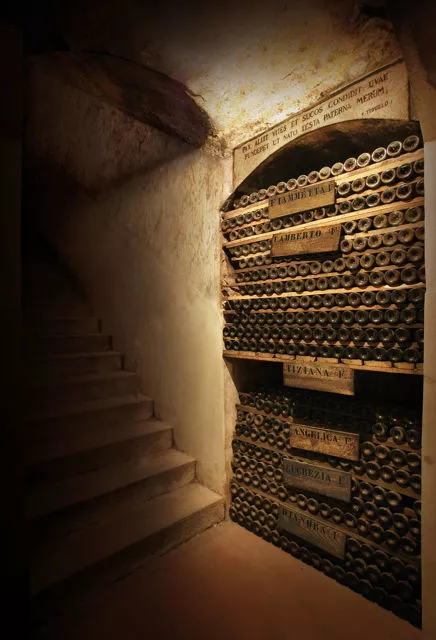
History of wine
The history of wine parallels the history of humanity. Throughout numerous periods in history, wine is shown in paintings as the protagonist of important events. Immerse yourself in an incredible journey into the past with this guide and learn the origins, where, when, and by whom wine was invented!
The etymology of the word "wine"
The word “wine” is considered by many to be the world's best kept etymological secret. It is difficult to precisely establish the origin of the word wine and the specific moment in history when its production began. Today, it represents an entire industry ranging from agriculture to gastronomy, science, tourism, and our cultural heritage. Wine, that precious commodity that has accompanied us for so many centuries, hides and guards secrets about which, for the moment, we can only speculate.
With regard to the root of the word wine, we find a Latin root, 'vinum,' a Greek root, 'oinos,' and a Hebrew root, 'yayin.' On the other hand, concerning that aura of mystery that prevents us from arriving at more precise data, some theories relate the word wine to the way it was called in Sanskrit: 'vêna.' In this Indo-European language of Brahmanism's sacred and cultural texts, other terms, such as the word Venus, could also find their origin. Let us keep in mind that the translation of the word 'vêna' is love and that the planet Venus is associated with the goddess of love.
Nevertheless, most linguists agree that the semantic meaning of the word 'wine' is rooted only in the Georgian language, derived from the word 'Ghvino,' which comes from the verb 'Ghvivili.' This verb can take on different meanings, from boiling to fermenting or even flourishing.
The closer we get to it, study it, understand it and analyze its evolution throughout history, the more we realize the fact that most of the etymology of the word wine and its birth remains unknown. However, the salient and irrefutable feature regarding this word, whose etymology unites many cultures and civilizations, is that the world has found itself for millennia "globalized" and tied around concepts of life, nature, work, joy, nourishment, and celebration.
History and evolution of wine in the world - Origin of wine
In 2007 an expert on wine in antiquity, Patrick E. McGovern found archaeological evidence of wine in Iran dating back 7,000 years. This research by Professor McGovern became even more fascinating when he learned of the discovery by American and Armenian archaeologists of the world's oldest wine cellar in Armenia. In this cellar, wine had been made more than 6,000 years ago.
According to recent studies, Georgia is considered the birthplace of wine. In 2015, archaeologists in southeastern Georgia discovered ancient clay vessels called Qvevri with remnants of grape seeds that had grown inside. Through this research and the various methods implemented, researchers dated these artifacts to 6000 B.C. To be more precise, said archaeologists worked in the ruins of the settlement of Dangreuli Gora (south of Tbilisi), discovering a large amount of grape seeds dating back to 6000 B.C. Interestingly, the morphological and ampelographic characteristics of the seeds found were identical to those of Vitis vinifera sativa and thus attest to the presence of viticulture. Furthermore, the oldest area in the world where wine is produced is actually shared between Georgia, Armenia, and possibly Azerbaijan. This seems logical since, about 8 thousand years ago, there was no political or even religious distinction between these three countries.
Between myth and reality: the evolution of the world's oldest drink
In a more recent era, Prof. McGovern has conducted some of the most exciting studies on the arrival of wine in France. In fact, McGovern confidently asserts that the Italians taught the French the art of wine more than 2,400 years ago. Molecular archaeology is now the reason why researchers can confirm that the French learned these skills as early as 425 BC. Thus, the same question arises: Who taught the French the art of viticulture and winemaking? It was likely the ancient Italians, confirms Patrick McGovern.
In addition, McGovern says Vitis vinifera, known as the Eurasian grape, is the source of 99 percent of the world's wine and was domesticated about 9,000 years ago in the mountains of the Near East. The architects of the spread of wine culture in the Mediterranean then became the Canaanites, Phoenicians, and Greek merchants. In fact, in the short passage of two centuries, they devoted themselves to building ships and exporting their wine not only to the northern Mediterranean countries but, particularly to France.
McGovern and his colleagues analyzed organic residues that seeped into vessels recovered from the ancient French port city of Lattara (Lattes) to understand when wine cultivation began in France. They found that the vessels were definitely of Etruscan style, and the evidence detailed in their publication "Proceedings of the National Academy of Sciences" confirmed that they contained wine between 500 and 475 B.C. Therefore, it seems that the French appreciated Etruscan wine and decided to plant their first vineyards as well.
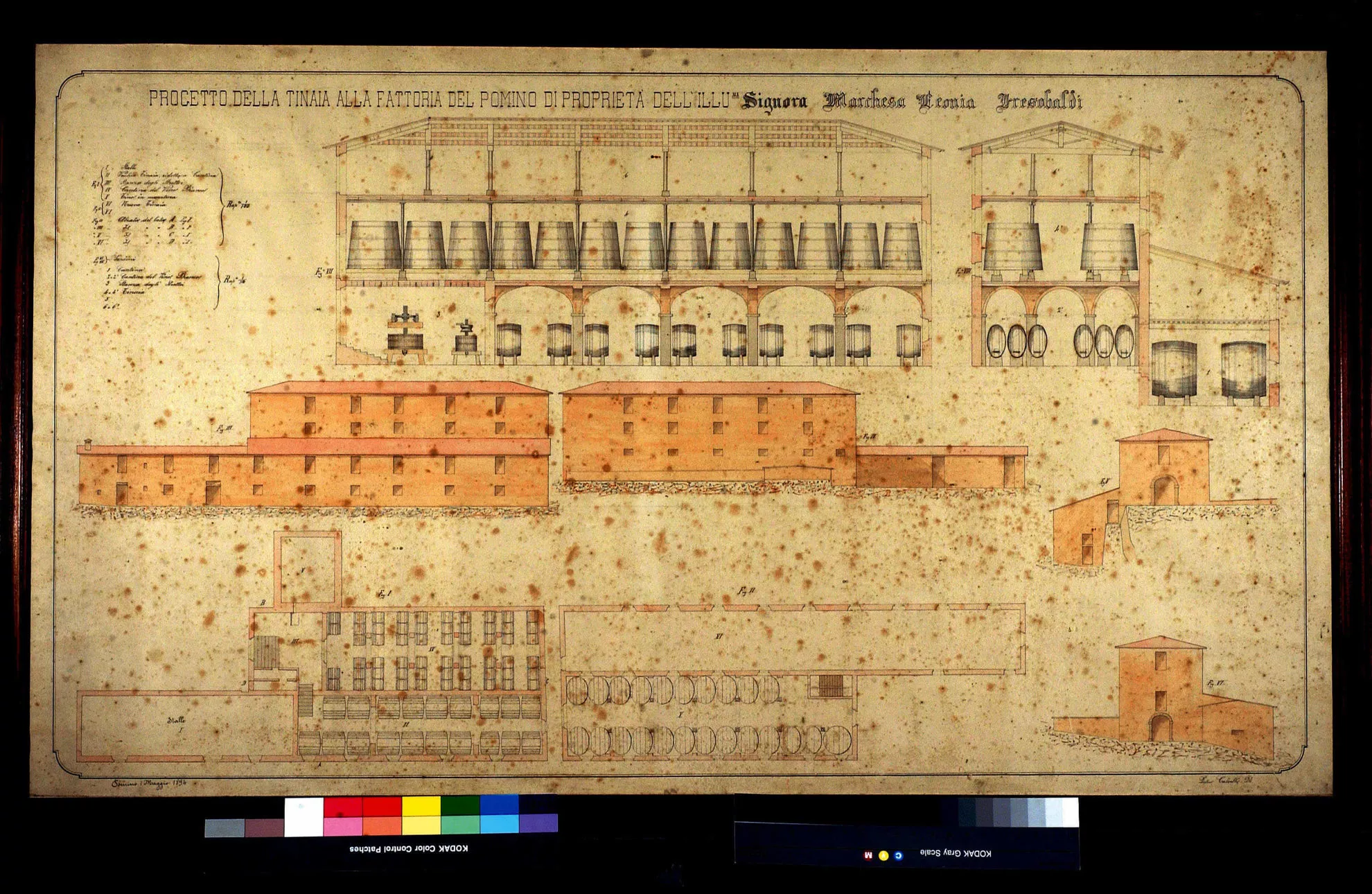
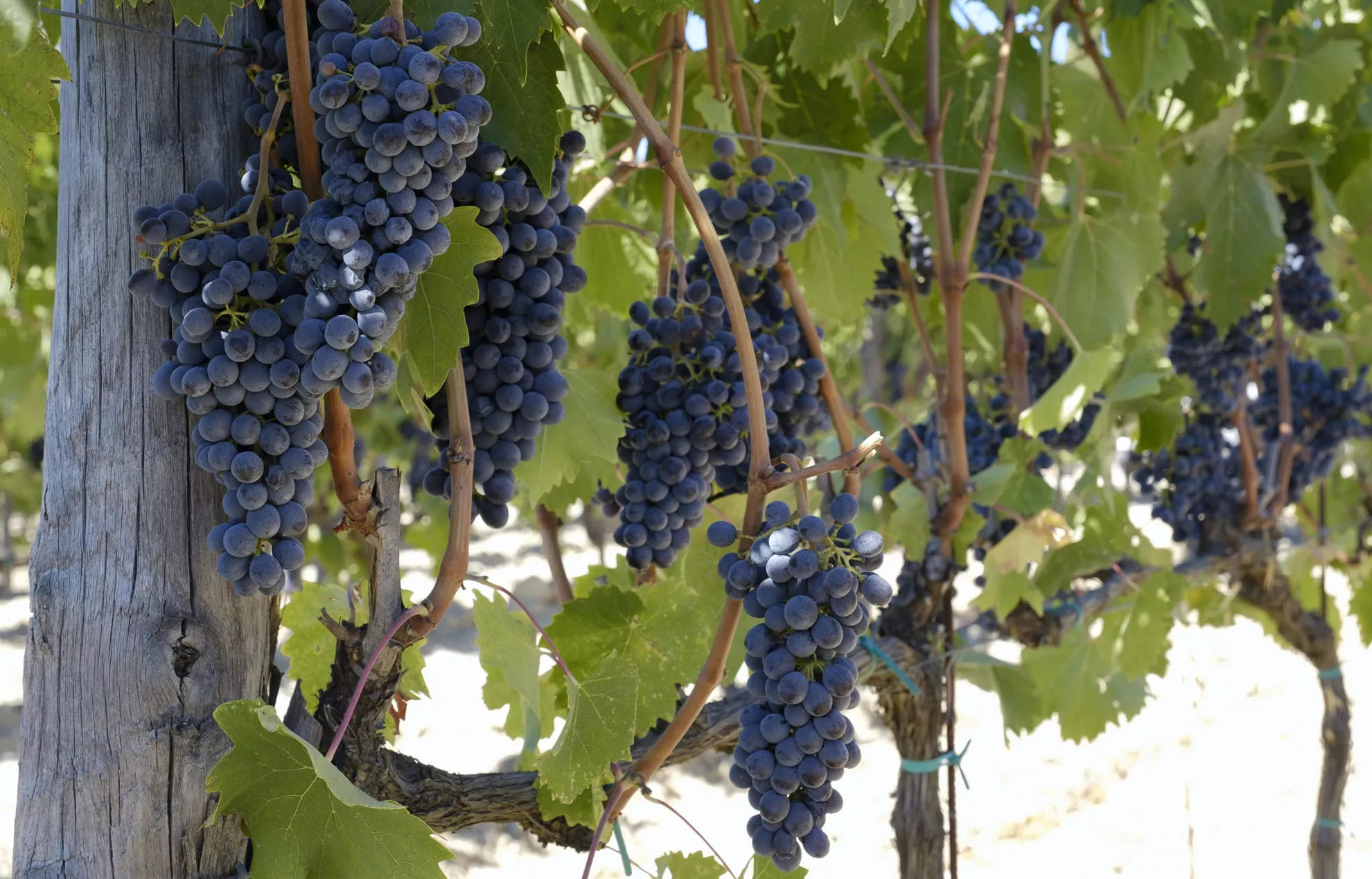
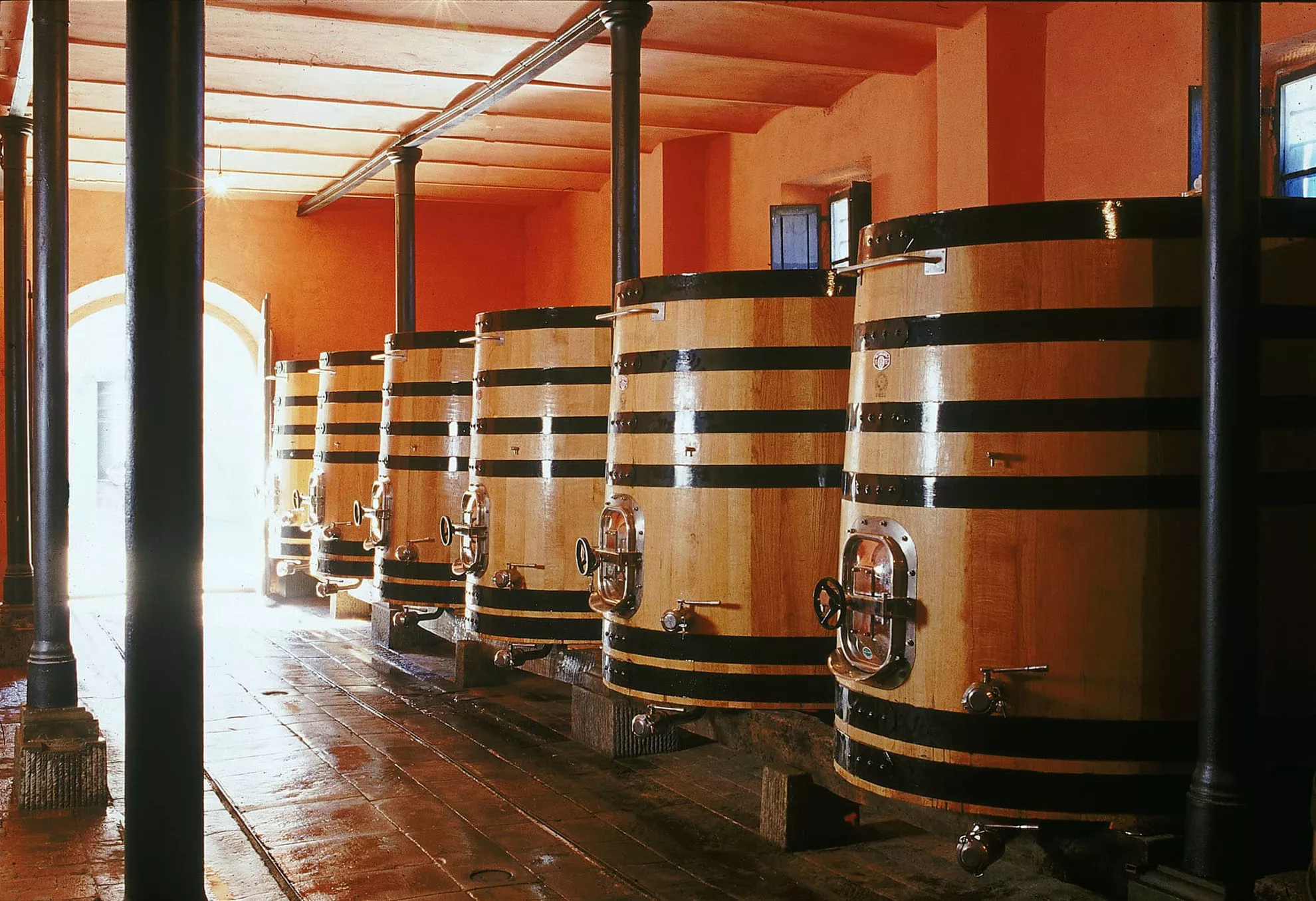
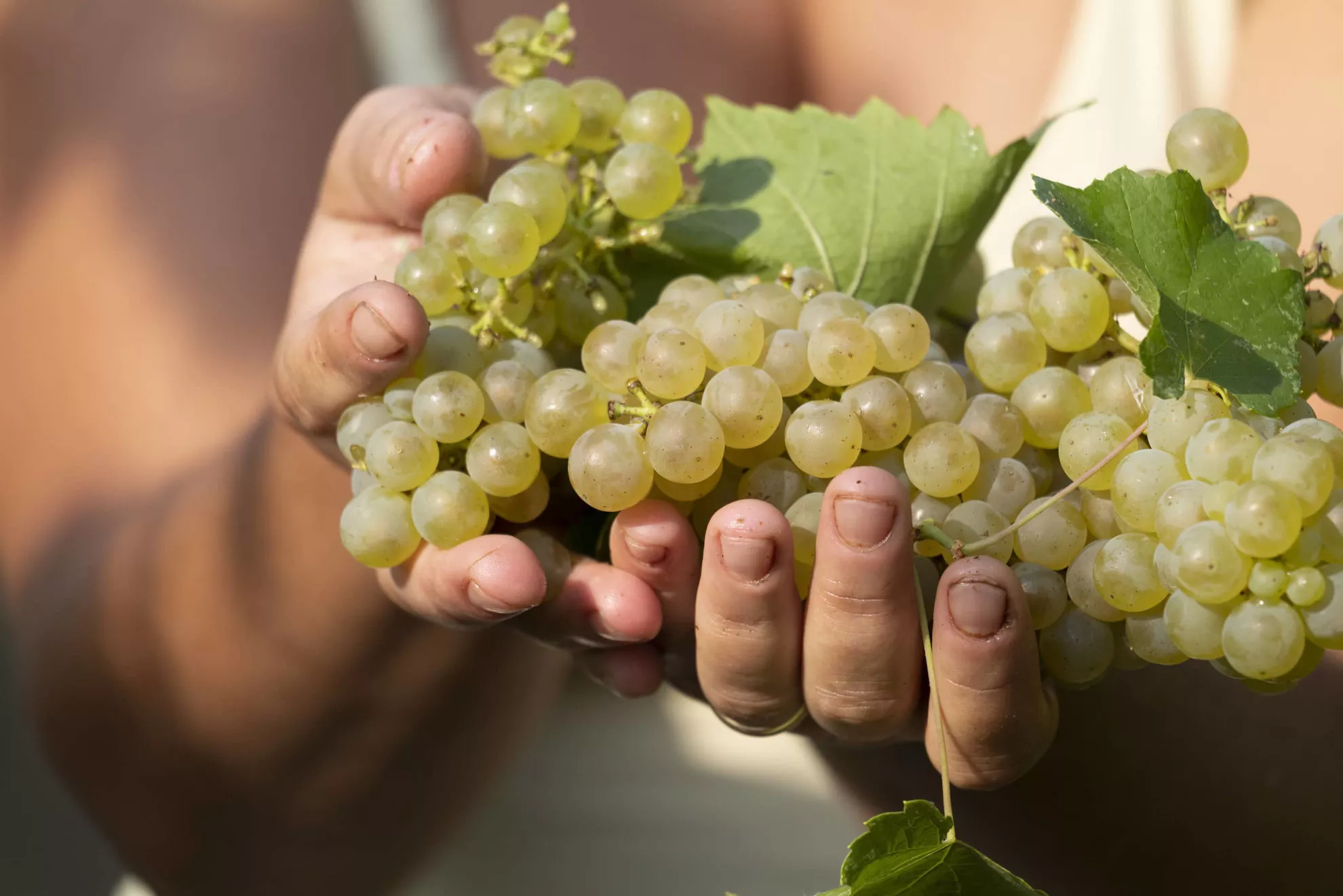
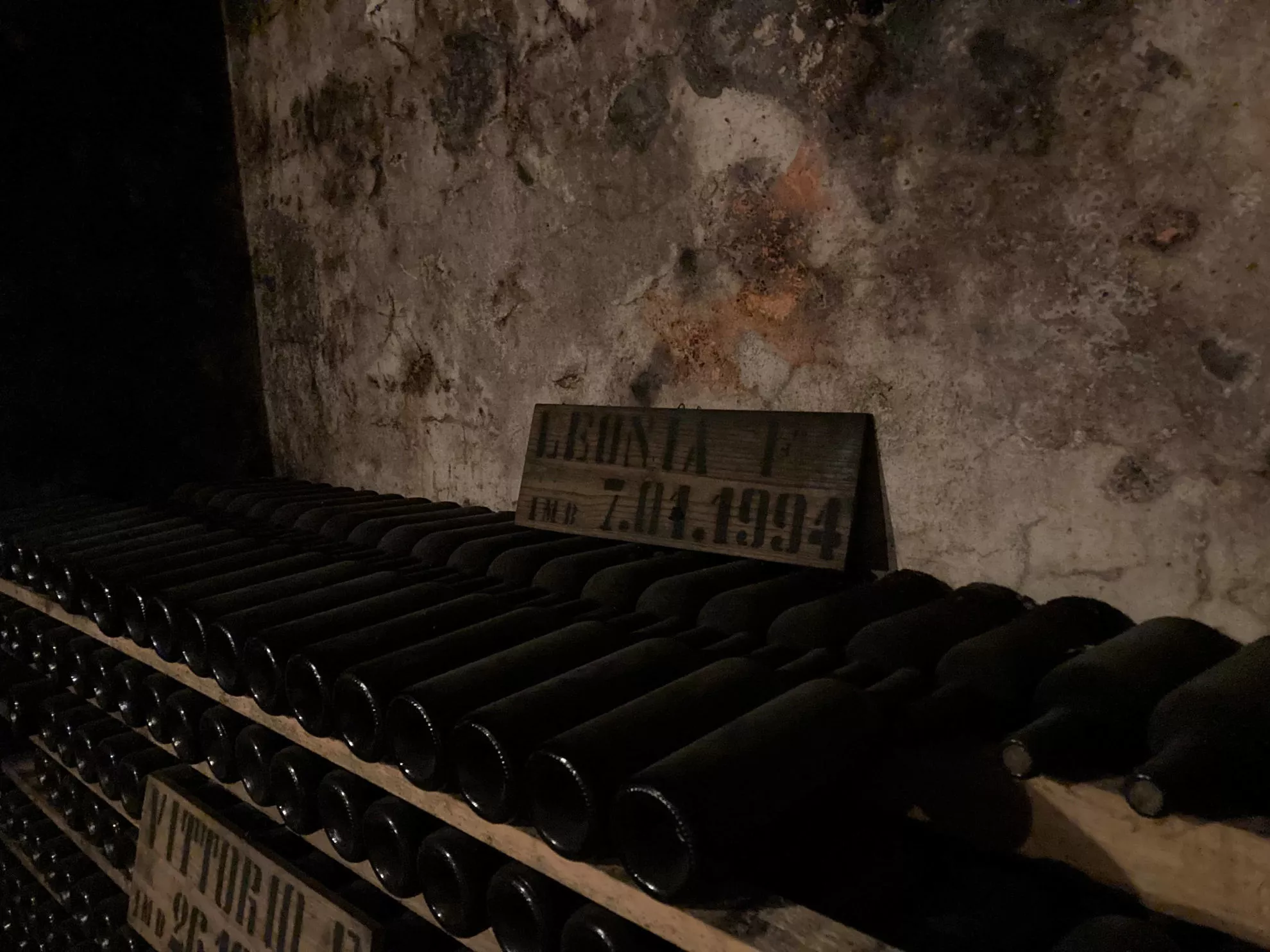
History of wine in Italy
The Romans played a crucial role in the history of wine. In Rome, viticulture arrived first through the Phoenicians, with evident traces in Sardinia, one of the treasure chests of ancient wine production. Indeed, to an extent, also through the Greeks, who assigned a deity to wine: Dionysus, considered the protector of wine. The Greeks also settled in southern Italy and Sicily, where they found the perfect climate and excellent growing conditions for grapes. These Greek colonies were nicknamed Enotria, which translated into Italian means Land of Wine.
Ancient past
The key civilization in the development of wine was the Roman civilization. In fact, they invented the legal regulation of the wine trade and modern viticulture. It was through the Romans and the rise of the Roman Empire that the increase in technology and knowledge of winemaking techniques spread throughout the empire. Therefore, we can confirm that the Romans profoundly influenced and affected the history of some of the most important wine regions in Italy, Portugal, Germany, France, and Spain. They introduced the right of land ownership and secured its boundaries.
During this period, wine also became "democratic" and, therefore, within reach of everyone, from slaves to peasants to aristocrats. Wine became a vital necessity for the Romans in their daily lives, leading to large-scale productions in all areas of the empire to ensure a stable supply for their settlers and soldiers. Thanks to this expanding sector, the Roman economy and merchants took advantage of opportunities for trade with native tribes, including the Spaniards and Gauls.
During 92 A.D., a very significant development occurred. The emperor, Domitian, promulgated his infamous mandate. Said mandate was in absolute opposition to what had been done until then, with Rome introducing viticulture and wine production in all its provinces, to the detriment especially of beer, a more accessible drink to produce. In essence, Domitian ordered the eradication of vines located in what was then Gaul, Iberia, Britain, and Germany; with that mandate came the order to destroy all vines planted outside Italic soil. Two hundred years later, Emperor Probus decided to repeal Domitian's mandate, allowing the cultivation of vines and the production of wine outside Italy as well.
Middle Ages
The Romans were the first to revolutionize storage techniques by placing wooden barrels and glass containers alongside the ancient clay amphorae, introducing the concept of "aging." It is also recorded that the Romans were the first to set up proper stores and taverns where wine could be bought and consumed. Later, during the Middle Ages and with the arrival of the Renaissance, on the one hand, things began to improve a bit and, on the other hand, a process of liberalization of consumption began: wine, along with bread, represented,not only symbolically, one of the main foods for the people of that time.
Modern age
Today Tuscany is a true wine-growing paradise since, as well as having several Denominations of Origin, it is the birthplace of some of the most important red wines. Moreover, this Italian territory has always been linked to viticulture and has had excellent continuity over time. The oldest law in the world protecting denominations of origin was enacted in Tuscany in 1716. It is the Proclamation of Cosimo III, which envisaged four different designations of origin: Pomino, Carmignano, Chianti, and Valdarno di sopra.
Currently, quality is regulated in diverse ways for different types of wine:
-
Wines without a PDO/PGI are the simplest, and in fact do not relate to any geographical area.
-
Wines with IGT refer to areas that are generally very large, such as regions or portions of regions.
-
DOC wines are the ones subjected to strict specifications, and DOCG wines are subjected to rigorous specifications and refer to very small areas, often municipal or parts of a municipality.
Tuscan wines, including Chianti Classico, Brunello di Montalcino, Nobile di Montepulciano, Bolgheri, and other denominations, together with the famous 'Super Tuscans' represent the excellence of Italian wine along with other wines from different regions with a high wine vocation.
info@frescobaldi.it |+39 055/27141